If you're just starting your fitness journey—especially with a love for the outdoors and hiking—you might be wondering: Should I use kettlebells or dumbbells? More importantly, can either help you sleep better after long days on the trail or intense workouts?
The answer is yes—both tools can improve sleep quality when used correctly. But they work in different ways and suit different goals. This guide breaks down the benefits of kettlebells and dumbbells, explains how they impact sleep, and offers beginner-friendly tips, weekly targets, and safety reminders—especially for those who enjoy outdoor training and hiking adventures.
Physical activity helps regulate your circadian rhythm, reduces stress hormones like cortisol, and increases the production of sleep-promoting chemicals such as melatonin and serotonin. Strength training, in particular, can deepen slow-wave (restorative) sleep, helping you wake up refreshed—especially important for hikers who need recovery after long treks.
Both kettlebells and dumbbells support this process, but their movement patterns and intensity levels differ.
Kettlebells are cannonball-shaped weights with a handle, designed for dynamic, full-body movements like swings, cleans, and snatches. These exercises combine strength and cardio, elevating your heart rate and building muscular endurance.
Why they help with sleep: The rhythmic, repetitive nature of kettlebell swings can have a meditative effect, reducing mental tension. The cardiovascular demand also increases deep sleep duration, helping you recover faster—ideal after a tough hike.
Beginners should start with light weights (8–12 kg for women, 12–16 kg for men) and focus on form. A 15-minute kettlebell session 3 times a week can significantly improve sleep quality over time.
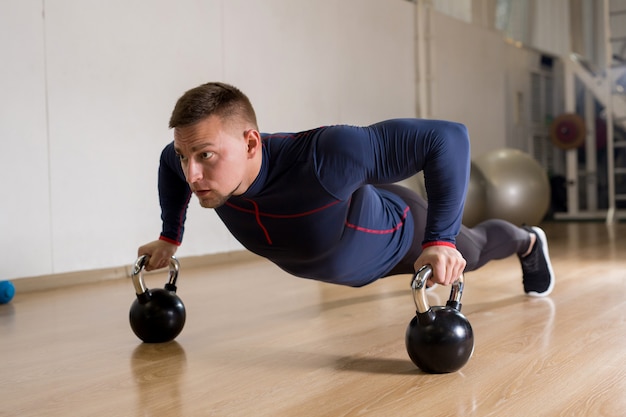
Dumbbells offer more controlled, isolated movements—like bicep curls, shoulder presses, and goblet squats. They’re excellent for building foundational strength, correcting imbalances, and improving joint stability.
Why they help with sleep: Resistance training with dumbbells increases muscle fatigue in a controlled way, signaling the body to initiate recovery during sleep. This type of training also reduces anxiety, which is a common cause of insomnia.
For beginners, aim for 2–3 sets of 10–12 reps per exercise, using light to moderate weights. A full-body dumbbell routine 2–3 times per week can promote relaxation and deeper sleep.
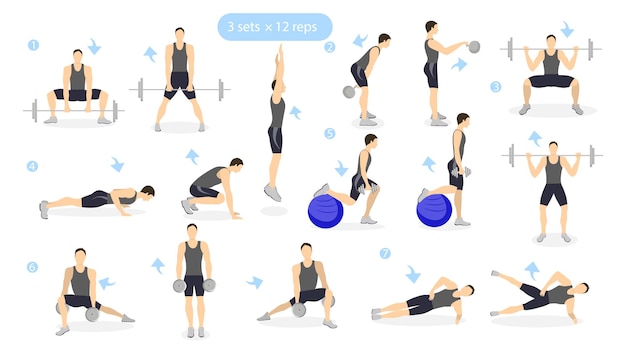
There’s no one-size-fits-all answer. Here’s how they compare:
For optimal sleep, consider combining both: use kettlebells earlier in the week for energy release, and dumbbells later for relaxation and recovery.
If you're new to strength training and enjoy outdoor activities, here’s a balanced weekly plan:
Always end with 5 minutes of stretching or deep breathing to signal your body it’s time to wind down.
Safety is key—especially when training outdoors where surfaces may be uneven. Follow these tips:
Whether you choose kettlebells, dumbbells, or both, consistency matters most. Both tools can improve sleep by reducing stress, enhancing physical fatigue, and supporting recovery—critical for hikers and outdoor lovers.
Start small, train smart, and let your body adapt. Over time, you’ll not only sleep better but also feel stronger on the trails and more energized every day.

Fitness

Fitness

Fitness

Fitness

Wellness

Fitness
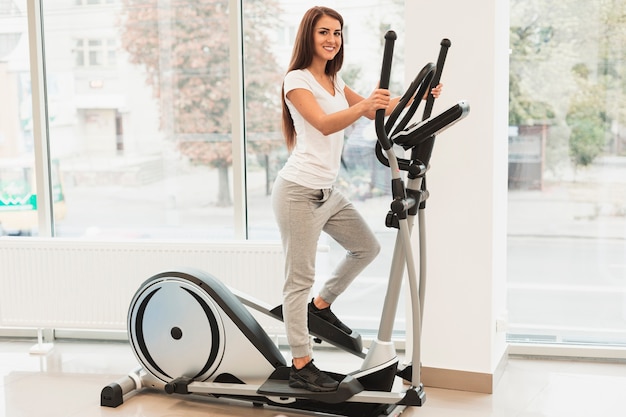
Fitness

Fitness
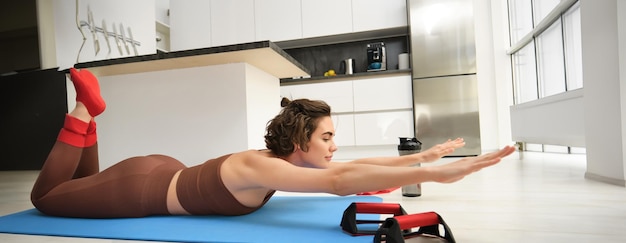
Fitness
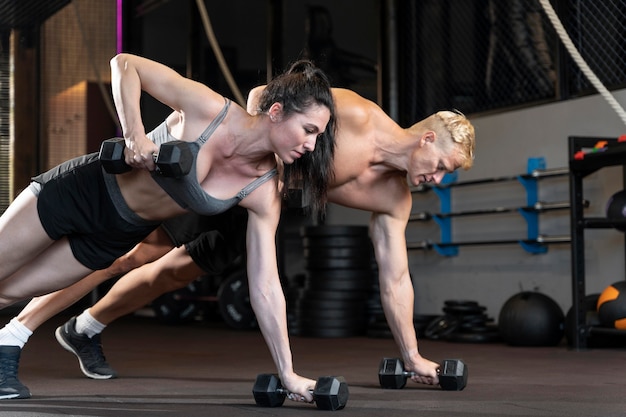
Fitness
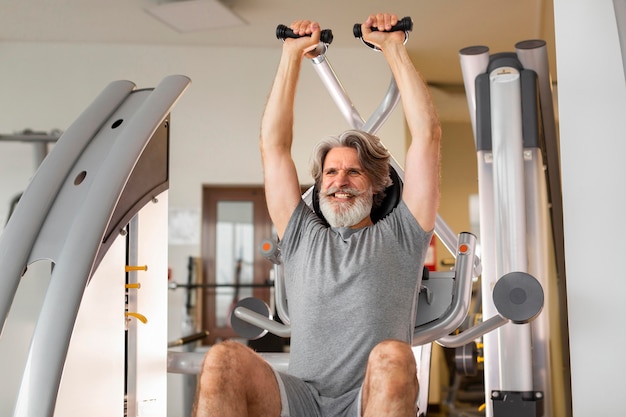
Fitness
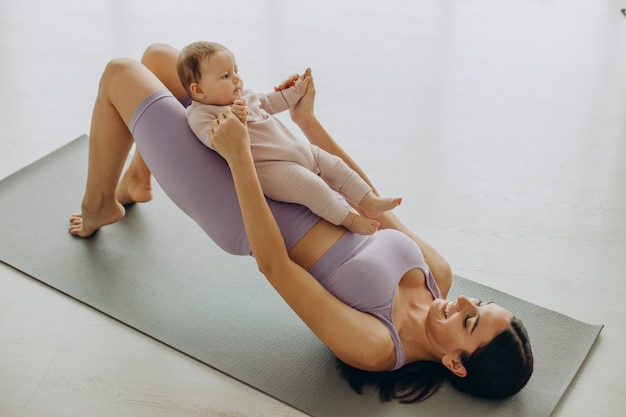
Wellness

Health

Fitness

Health

Health